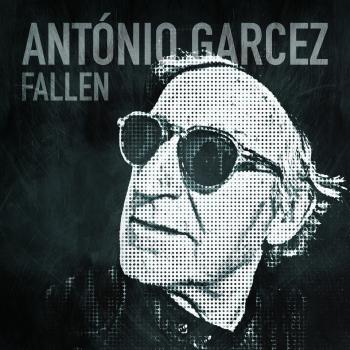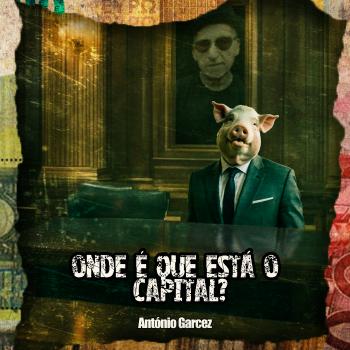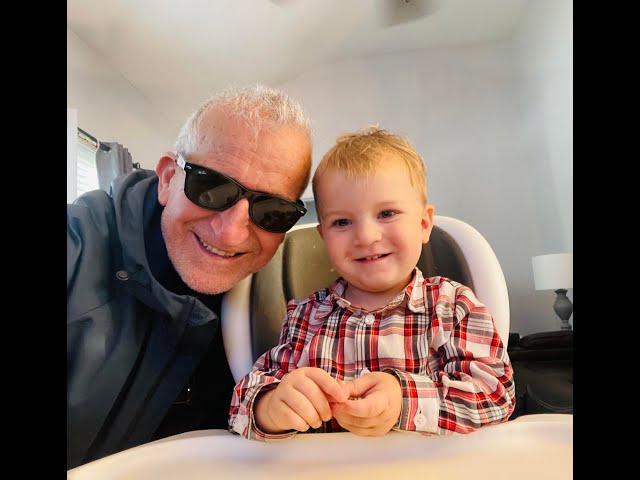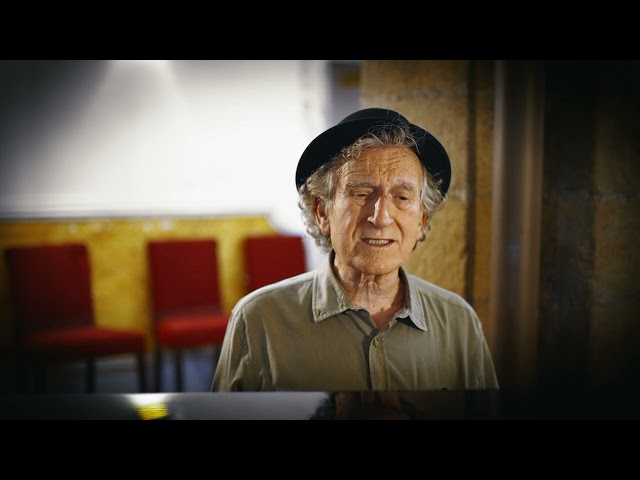António Garcez
Born in Matosinhos in 1948, António Garcez began to enjoy music at an early age. And, yes, Amália, Fernando Farinha, Nat King Cole and Frank Sinatra were prominent in his personal Top. But it was not in fado or in the school of the great North American crooners that his art (and craft) would grow, mature and gain attention.
Often considered the best national rock singer by various magazines and radio programmes, António Garcez began to realise early on that rare weapon he was hiding: a voice, his own voice, with a grain, a timbre (or an immensity of timbre varieties) and a range that could bring him close to an Elvis Presley or, years later, to a Cher, a Robert Plant, a Freddie Mercury, a Bon Scott, a Lemmy Kilmister, a Roger Waters... In other words, a versatility that his vocal apparatus made him – and still makes him! – different from all the others.
While still a teenager, his first high school band (Escola Industrial Infante Dom Henrique; Porto) was called Os Corvos. They were followed by Os Abutres, Os Duques, Os Boinas Verdes (the latter having already been brought up in the army, on the paratrooper course) and Módulos Um, who played at the Casino da Póvoa de Varzim. And only later would he achieve absolute glory, in legendary Portuguese rock groups such as Pentágono, Psico, Arte & Ofício, Roxigénio, Stick or the short-lived project Garcez, Mendes (Filipe Mendes/Phil Mendrix) & Transatlântico – all of whom recorded albums and starred in hundreds of historic concerts (including the 1971 Vilar de Mouros festival with Pentágono or the 1982 festival with Roxigénio). And the legend of António Garcez grew, grew, grew... Until, in the mid-90s, with the crisis that took hold in Portugal – and in the world –, the successive interventions of the Troika and the IMF, the rise of Cavaquismo and the living conditions of the Portuguese worsening day by day, António Garcez decided to emigrate to the United States.
In that country – and yes, if his life story up until this point would be enough to make a film (possibly filmed in the old Tóbis studios), from this moment on his adventures that would follow would make another one, but this time filmed in Hollywood: there he got married, took several higher education courses, got to know the world, bounced between top jobs, replaced his longing for Portugal and music with a thousand other things. But the music bug never left him: in 2001 he released the solo album «Rio Abaixo»; in 2014 he participated in the live album «Arte & Ofício aLive after 40 Years»; in 2018 he released an EP. 2021 was the year of the release of the album “Vinde Ver Isto” and in 2023 the album “I`M Alive” was released, recorded live at the Hard Club concert. The single “Onde é que está o capital” was recently re-released with a new look, a huge hit on the national radio charts in 1983.
geral@seivabruta.org






